#Drogheda
Text

Nova foto de Colin durante o Youth Connect Festival, que aconteceu no final de janeiro (27) em Drogheda. (x)
35 notes
·
View notes
Text


Via Lovedrogheda’s Instagram Story on February 8, 2024
28 notes
·
View notes
Text

a new colin o’donoghue pic
#blog#journal#journey#sari journey#blogger#personal blog#sari journal#colinodonogue1#colin o donoghue#colin o'donoghue#drogheda#ireland
7 notes
·
View notes
Text
#OTD in Irish History | 23 November:
In the Liturgical Calendar today is the Feast Day of St Columbanus.
1074 – Donatus (or Dunan), the first Bishop of Dublin, dies and is buried in Christ Church Cathedral. Patrick, his successor, is sent to Canterbury for consecration.
1499 – Death of Perkin Warbeck, pretender to the English throne during the reign of King Henry VII of England. Traditional belief claims that he was an impostor,…

View On WordPress
#irelandinspires#irishhistory#OTD#23 November#Co. Louth#Drogheda#Feast day of St. Columbanus#History#History of Ireland#Ireland#Irish Citizen Army#Irish Civil War#Irish History#Irish War of Independence#James Larkin#Manchester Martyrs#Mellifont Abbey#Michael Larkin#Michael O&039;Brien#Seán Thomas O’Kelly#Today in Irish History#William Philip Allen
8 notes
·
View notes
Text
The Boyne is like glass this morning
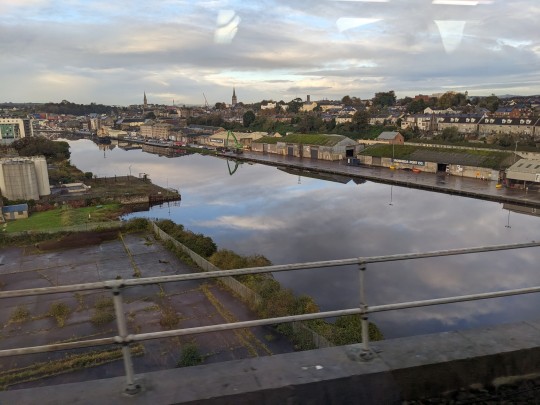
3 notes
·
View notes
Text
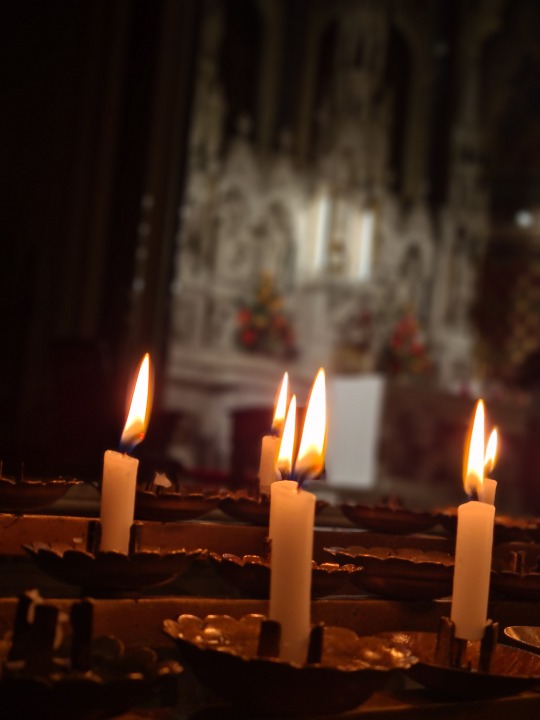

St Peter's Parish, Drogheda // St Patrick's Cathedral, Dublin
2 notes
·
View notes
Text
Boyne Viaduct at Dusk
Boyne Viaduct at Dusk
On my list for photographs for this trip to Ireland was the famous Boyne Viaduct at Drogheda.
Last Saturday evening, Kris and I walked to the river from the Scholars Townhouse Hotel, and were delighted when a set of Irish Rail class 29000 railcars rolled southward over the bridge.
It was in the ‘blue hour’ just after sunset. To stop the action, I set the ISO on my Nikon Z6 to 8,000. This…

View On WordPress
2 notes
·
View notes
Text
Where The Streets Have No Shame
Where The Streets Have No Shame
Last January Drogheda, County Louth was named one of the dirtiest towns in Ireland in the annual Irish Business Against Litter report – placed 39 out of 40 locations surveyed, only Dublin’s north inner city was judged to be even filthier. Although obviously not an achievement worth celebrating, this information will come as no surprise to anyone who has been visiting Drogheda over recent years…
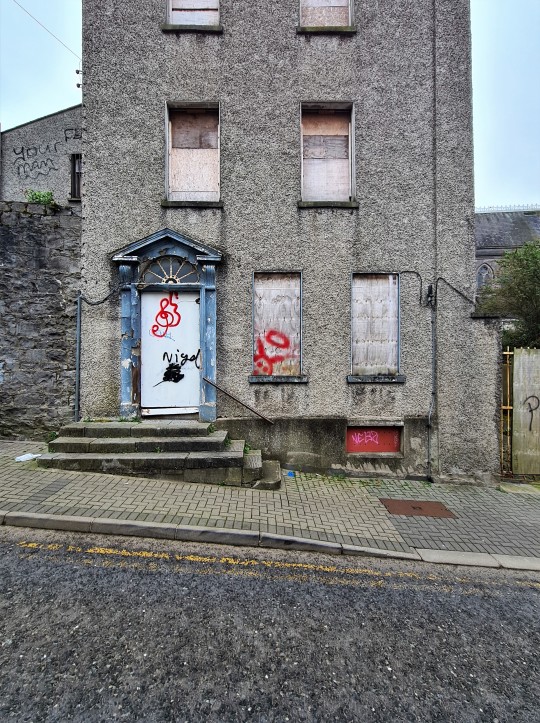
View On WordPress
5 notes
·
View notes
Text
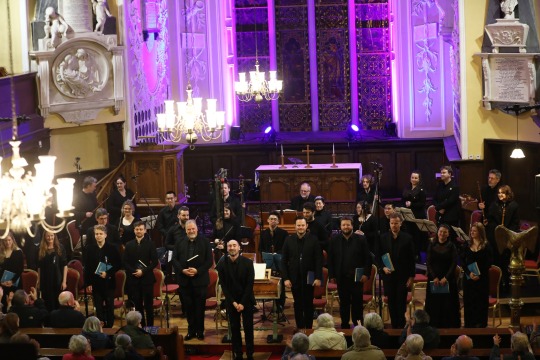
Passion
2 March 2024
JS Bach St Matthew Passion. Irish Baroque Orchestra, led by Louis Creach'd, conducted by Peter Whelan. Nick Pritchard, Hugh Cutting, Matthew Brook, Aisling Kenny, Charlotte O’Hare, Sarah Keating, Laura Lamph, William Gaunt, Hugo Hymas, Edward Woodhouse.
St. Peter’s Church of Ireland, Drogheda, Ireland.
#bach#passion#louiscreachd#peterwhelan#nickpritchard#hughcutting#matthewbrook#aislingkenny#charlotteohare#sarahkeating#lauralamph#williamgaunt#hugohymas#edwardwoodhouse#drogheda#ireland
0 notes
Text


GALLERY UPDATED!
▫️ St. Patrick’s Festival: Opening Ceremony at Scotch Hall Shopping Centre
▫️ St. Patrick’s Festival: 60th Anniversary Parade
23 notes
·
View notes
Photo



conansweeny: Will run for pints. #brúnabóinne
63 notes
·
View notes
Text

1 note
·
View note
Text
#OTD in 1649 – Siege of Drogheda ends | The first siege occurred during the Irish Rebellion of 1641, when Phelim O’Neill and the insurgents failed to take the town.
Drogheda was one of the best-fortified towns in Ireland. The main part of the town was north of the River Boyne, with a smaller district to the south. The two districts were connected by a drawbridge across the river. The town was protected by a circuit of walls four to six feet wide and twenty feet high that were punctuated by a number of guard towers. Sir Arthur Aston boasted that anyone who…

View On WordPress
#Barbados#Catholics#Co. Louth#Drogheda#Dublin#Dundalk#Ends#England#Fort#Garrison#History of Ireland#Ireland#Marquis of Ormond#massacre#Millmount#Oliver Cromwell#Parliamentarians#Royalists#Siege of Drogheda#Sir Arthur Aston#Sir Charles Coote#Trim#Ulster
10 notes
·
View notes
Text
The Defeat of Irish Royalism, 1650: ‘We are come to break the power of a company of lawless rebels who… live as enemies of human society,’
The End of the Confederate Rebellion
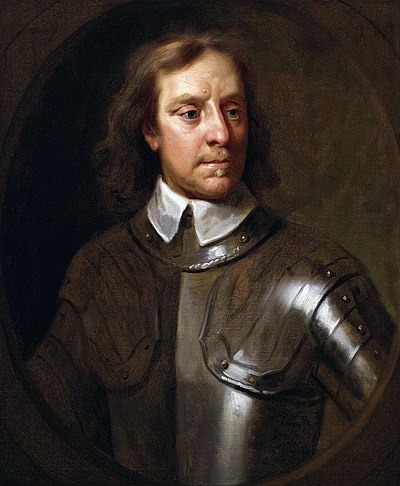
Source: Wikipedia
IN LATE 1649 Cromwell made overtures to the Irish Confederates, but they were couched in the language of uncompromising Puritanism. The Parliamentary general issued his declaration in response to a rallying cry from the Irish Church to the whole of Ireland to encourage resistance to the English invasion and to support the cause of the King. Cromwell proclaimed that the Irish would be treated leniently; that their lands would not be confiscated, and that there would be no judicial punishment for their rebellion. However, all the rebels heard was the unforgiving righteousness of the Calvinist godly: because Cromwell added that in order for there to be a peaceable end to the rebellion, the Catholics would have to give up their fight and their religion, their support for the king and to accept an imposed Protestant settlement on their country. Perhaps Cromwell thought his declarations reasonable in the context of a bitter civil war that had allegedly seen massacres of Protestant settlers by the rebels. However, to the supporters of a nine year nationalist rebellion rooted in the Roman Catholic religion, his words were those of conqueror to the vanquished.
So the war continued. In January 1650, a reinforced Cromwell continued his campaign of reducing Royalist and Confederate strongholds one by one. In contrast to the atrocities committed at Drogheda and Wexford, and to Cromwell’s subsequent baleful reputation in Ireland, he offered generous terms to defenders, permitting them to march out of surrendered towns and castles under arms and with banners flying. This way the Commonwealth forces were able to capture Fethard, Cashel and Cahir in quick succession. The route was then open for a march on Kilkenny, the capital of the Confederate rebellion. In March 1650, Cromwell invested the city. After five days of negotiations, the Confederate commander agreed to surrender the city and the garrison vacated Kilkenny, marching away with full honours and the centre of the rebellion was, rather suddenly, in English hands.
With the loss of Kilkenny, Ormond knew that the Royalist cause in Ireland was almost spent, but if Charles I’s former Lord Lieutenant despaired of now being able to aid his sovereign’s son to the throne, Cromwell himself was not so sanguine. He believed the danger of invasion from Ireland remained the greatest threat to the longevity of the upstart Commonwealth, for all Charles II’s rumoured courting of the Scots. Despite the absence of any rebel field army worth the name, the Confederates continued to hold several strongholds, all well garrisoned and therefore, from Cromwell’s perspective, comprising the core of a potential Royalist revival. The Parliamentary general resolved not to leave Ireland until each and every hold out had been reduced.
Cromwell began his campaign with Clonmel, a walled city in the south under the command of the formidable Hugh Dubh (“Black Hugh”) O’Neill, a veteran on the Catholic side of the Thirty Years’ War, known for both his military skill and his strategic cunning. O’Neill led an experienced garrison of 1500 rebels and had the support of the townspeople to resist the invaders and so when Cromwell arrived before the walls of Clonmel on 27th April and offered terms, Black Hugh refused to negotiate and a siege commenced. Cromwell concentrated artillery on the hills overlooking the city from the north and began a bombardment. Morale within the town however remained high and O’Neill sent several sorties out to attack the besiegers and disrupt their supply and communication lines. The rebel commander lived in hope that if he could tie down the Commonwealth forces long enough, Ormond may yet put a Royalist army into the field and come to his relief.
This was a folorn hope, but Black Hugh made the best of his situation. By the middle of May, the English gunners had made a major breach in Clonmel’s walls. It seemed the fall of the city was imminent and on the 17th, Cromwell ordered his infantry to advance into the breach. Unknown to the Parliamentary commander, O’Neill had turned this tactical disadvantage into an ambush. He had his men construct a makeshift wall around the edge of the breach, and secreted canon and sharpshooters within the new defensive line. As Cromwell’s forces surged forward, they were met by withering artillery and musket fire that cut them down in their droves. After an hour of one-sided combat, over a thousand New Model troopers lay dead or dying in the killing ground. When Cromwell arrived personally to oversee what he expected to be the final street by street battle for the town, he found his men in retreat and Clonmel still defiant. Black Hugh had arguably inflicted the only defeat suffered by Cromwell in his lengthy career fighting in the many and varied British Civil Wars.
However, O’Neill knew the chances of repeating this success were limited. With ammunition and food running low, and the continuance of the bombardment assured, he took the view that Clonmel was impossible to hold. That night he and his remaining soldiers slipped out of the city and made their way to Waterford. On the 18th a frustrated Cromwell took the surrender of the city from the town’s mayor - a victory perhaps, but one that probably felt like a defeat. Nontheless, however hard won, the taking of Clonmel effectively ended Royalist hopes in Ireland and Charles indeed gave up the slim hope that Ormond’s forces could be the vehicle for a restored monarchy. The Rump Parliament agreed. Their nervousness was focused entirely now on the danger from Scotland and they wanted their all-conquering general home, despite the fact the Catholic rebellion was not fully suppressed. On 29th May, Cromwell left Ireland and returned to London to a hero’s welcome. The task of stamping out the last of the Catholic rebellion, which would carry on for a further two years, fell to Cromwell’s fellow Grandee, Henry Ireton, who would eventually die in this, his last campaign in the Parliamentary cause.
Cromwell could count his Irish campaign a success. In just nine months he had destroyed Royalist hopes in Ireland and fatally crippled the Confederate rebellion but at lasting cost to his reputation. If the atrocities at Drogheda and Wexford were exaggerated and there is also evidence elsewhere of Cromwell’s leniency and political skill, there is no doubt the behaviour of the general and his army to the Irish was brutal and contemptuous in equal measure. And if there is little or no evidence of deliberate wholesale massacre of non combatants in the two notorious sieges, the cold-eyed killing of the entire garrisons of each city, whether the men were fighting or surrendering, is enough to justifiably condemn Cromwell as a callous military murderer for posterity.
1 note
·
View note
Text
Breaking Down Snag Lists in Drogheda: Key Components and Their Purpose
When it comes to construction projects, whether it’s a new house, a renovation, or even a small-scale refurbishment, attention to detail is paramount. This is where a snag list comes into play. A snag list in Drogheda, or anywhere in Ireland, is an essential tool to ensure that a project is completed to the highest standards. In this article, we’ll break down the key components of a snag list and explore their crucial purpose in the construction process.
What is a Snag List?

A snag list, also known as a punch list, is a document used in the construction industry to identify and document any defects, imperfections, or incomplete items in a new house, building or renovation project before it is officially handed over to the client or occupant. The list serves as a detailed checklist, highlighting areas that require further attention to ensure the project’s completion aligns with the specified quality standards.
Key Components of a Snag List
Itemized Defects and Imperfections: The snag list should provide a comprehensive list of all the defects and imperfections found during the final inspection. This includes issues related to construction quality, finishes, installations, and other aspects of the project. Each item should be clearly described, indicating the location and nature of the problem.
Photographic Evidence: To ensure accurate description and documentation, having photographs of each snag item is essential. These images serve as visual references, making it easier for the construction team to understand the specific issues that need to be addressed.
Priority and Severity: Assigning a priority level to each snag item helps the construction team determine the order in which these issues should be addressed. Additionally, indicating the severity of each defect provides a clear understanding of the potential impact on the project’s overall quality and functionality.
The Purpose of a Snag List
Quality Assurance: The primary purpose of a snag list is to ensure that the construction project meets the highest quality standards. By identifying and addressing defects and imperfections, the snag list helps deliver a finished product that meets or exceeds client expectations.
Effective Communication: A detailed snag list acts as a communication tool between the project’s stakeholders, including the client, the construction team, and any relevant subcontractors. It provides a structured format to address issues and facilitates clear instructions for rectification.
Client Satisfaction: A well-prepared snag list demonstrates the commitment of the construction team to delivering a flawless project. This enhances client satisfaction by ensuring that all concerns are addressed before the project is officially completed and handed over.
Legal and Documentation: In some cases, snag lists may be used as part of contractual agreements or to resolve disputes. Properly documented snag lists can serve as essential evidence in case of disagreements related to the quality of work or completion status.
In conclusion, snag lists play a crucial role in the construction process in Drogheda, Ireland, and beyond. By focusing on key components and understanding their purpose, construction professionals can ensure that projects are completed with precision, meeting the highest quality standards and satisfying clients.
Do you need a snag list for your property in Drogheda? Our team of experts are available to answer your queries. Call us at 085 256 3277 or click here to reach us today!
0 notes